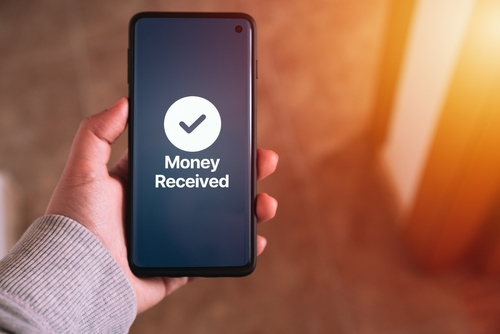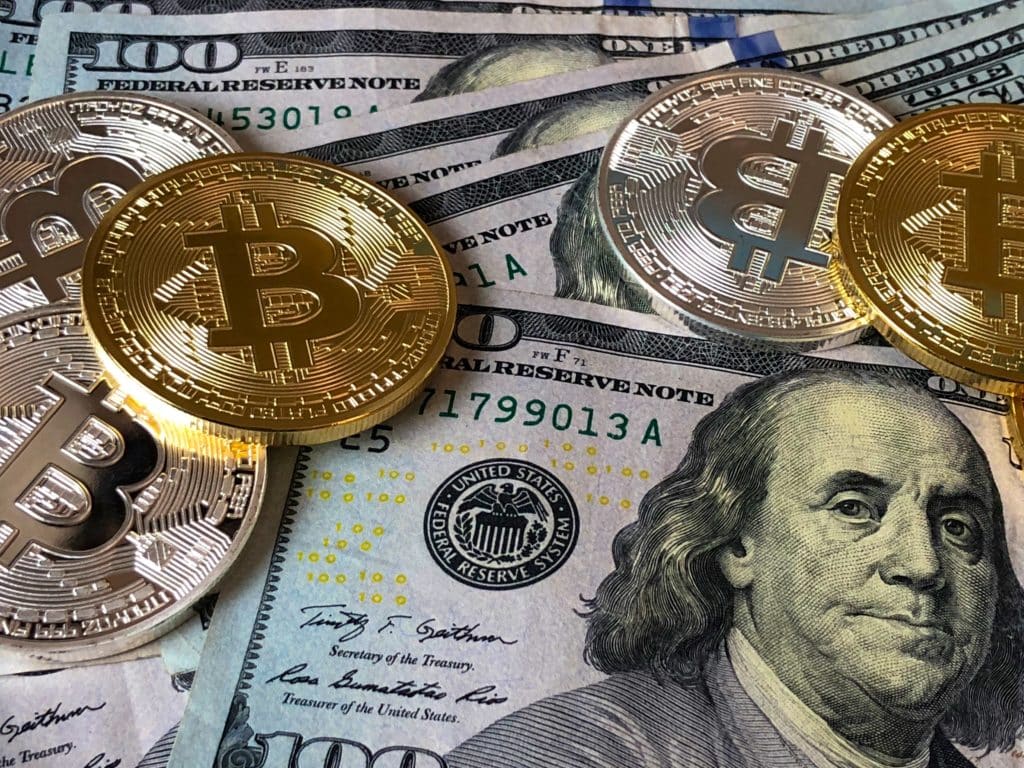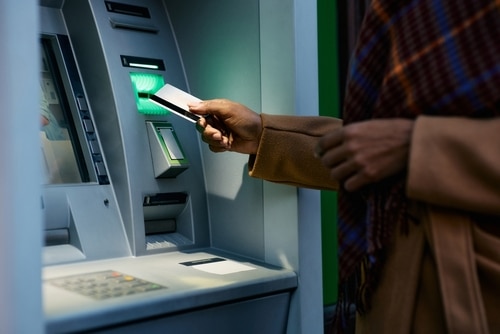Ever thought it might feel odd to send money to yourself? You’d be surprised how common it actually is. Whether you want to keep your money within easy reach, stay on top of your finances, or send yourself a little backup cash, there are plenty of good reasons to do it.
Knowing how to send money to yourself helps you avoid delays and unnecessary stress. That’s why we’ve created this guide at Remitly to show you exactly how to do it without hassles. You’ll learn seven reliable methods, along with their costs, timeframes, and security features, so you can pick the best option for you.
Why would you need to send money to yourself?
There are quite a few reasons that people send money to themselves. One of the most common is simply to move money between your own accounts at different banks. You might need to transfer funds to consolidate multiple accounts, benefit from higher interest rates, meet minimum account balance requirements, or simply organize your finances.
If you’re a freelancer or small business owner, you might need to transfer your business profits into a personal account or pay yourself a salary. This can help organize your business and personal expenses for clear bookkeeping.
If you’ve recently moved to a new city or country, you may need to move money between old and new accounts. Sending money to yourself can help you avoid ATM fees, access cash when your main bank is unavailable, or ensure you always have money where you need it. This helps you maintain control and flexibility over your financial decisions.
Sending money to yourself overseas is another common practice. If you’ve recently moved abroad and need cash or have an unexpected expense, you can transfer money from your home account to the one you need to use. This helps you avoid stress and high foreign transaction fees.
Seven safe ways to send money to yourself
Sending funds to yourself doesn’t have to be complicated. Here, we’ll detail seven reliable money transfer methods so you can choose the best option for your financial transactions.
Bank wire transfers
Bank wire transfers are a traditional and secure way to move money, whether within the US or internationally. Domestic wires typically arrive within one to two business days, while cross-border transfers can take one to five days, depending on the destination.
Wire transfers are ideal for sending larger sums or when you need a reliable method with predictable timing and confirmed delivery.
Online money transfer service

Services like Remitly make sending money to yourself fast, easy, and cost-effective. They often offer better exchange rates than traditional banks and give options like same-day or next-day transfers. The app also shows the expected delivery time before you complete the transfer.
Sending money on Remitly is simple. All you need to do is enter your name, account details, and contact information, and the funds go directly to your account. This method is ideal if you want speed, transparency, and flexibility without the hassle of visiting a bank.
Digital wallets and payment apps

Digital wallet apps make money transfer quick and easy. You can link multiple accounts or cards for added flexibility. They’re especially handy for smaller amounts and combining funds from different accounts under one convenient digital wallet.
Peer-to-peer payment platforms

You may be familiar with apps like Zelle or Apple Cash for sending money to friends, but they can also be used to move money between your own accounts. Transfers are usually instant if both accounts are at the same bank, or take a few hours to one business day if you’re moving between different banks.
These peer-to-peer payment platforms are ideal for small-to-medium transfers. They’re helpful if you frequently move money between checking and savings accounts or need quick access to cash on your phone.
Money orders or cashier’s checks

Money orders and cashier’s checks are reliable when digital transfers aren’t an option, or for areas with limited online banking. They provide a paper trail and guaranteed payment, making them a solid choice when your bank requires physical documentation.
While processing times vary, these options offer peace of mind for offline transactions. They’re ideal for self money transfers without relying on electronic systems.
Cryptocurrency transfers

If you’re comfortable with digital assets, cryptocurrency allows you to move money between your own wallets or convert it to cash. Transfers are often fast and can cross borders without the usual banking limits. It’s useful if you need to manage funds across multiple digital accounts.
This option works best if you’re comfortable with the technology and interested in exploring decentralized finance features. Keep in mind that crypto values can fluctuate, and while federal agencies like the Securities and Exchange Commission (SEC) and Commodity Futures Trading Commission (CFTC) provide basic oversight, regulations can differ from state to state.
ATMs and debit card transfers

Using ATMs or debit cards to transfer money to yourself is a convenient option when you’re on the go. Many banks allow free transfers at their own ATMs, and international ATMs can be helpful while traveling. Be sure to check your bank’s policies before you travel.
You can also use credit card cash advances to access funds, but they may carry high fees, interest, and daily limits. This option is usually best as a backup when other methods aren’t available.
Cost comparison: which method saves you money?
Before we dive into security best practices for sending money to yourself, let’s take a look at the costs and see which method can help you save the most.
| Method | Typical fees (in USD) |
| Bank wire transfers | Domestic $0–$35, international $0–$65 |
| Online transfer services | Varies by amount, payment method, and the delivery option you choose (usually lower than banks) |
| Digital wallets/payment apps | Standard transfers usually free, instant transfers about 0.5–2% of the amount sent |
| Peer-to-peer platforms | Standard transfers usually free, Apple Pay 1.5% for instant transfers |
| Money orders/cashier’s checks | Money orders cost about $5, cashier’s checks $5–$20 |
| Cryptocurrency transfers | Often a few dollars |
| ATM and debit card transfers | Usually free at your bank; using other ATMs or making international withdrawals may cost 1–3% |
When sending money to yourself, hidden costs and even small fees can add up, especially with instant transfers, international withdrawals, or currency conversions. Pay attention to transfer fees, exchange rates, and ATM or network charges to make sure you’re getting the best value.
Calculating international money transfer costs
When sending money overseas, it’s important to consider the exchange rate as well as the transfer fees charged in order to understand the total amount you’ll pay. To find the real cost of any transfer, use this formula:
Total cost = transfer fee + (amount x exchange rate margin) + extra charges
If you’re sending $500 abroad using an online service with a $5 fee and a 1% exchange margin, your total cost is:
$5 + ($500 x 0.01) = $10 total
Compare that with a traditional bank wire charging $40 fee and a 2% margin:
$40 + ($500 x 0.02) = $50 total
By running these numbers before you send, you can see which method truly saves you money.
Security best practices when sending money to yourself
If you want to transfer funds between accounts or send money safely while abroad, security comes first. Here’s how to ensure safety every step of the way:
- Always keep your passwords, PINs, and account numbers private. Use strong, unique passwords and turn on two-factor authentication (2FA) for extra protection.
- Be cautious of emails or texts claiming to be from your bank asking for your login details. Legitimate services will never request that kind of information.
- Stick to trusted banks or licensed transfer apps. Regulated services follow strict security rules, monitor transactions for fraud, and can step in to help if something goes wrong.
- Avoid using unverified platforms just to save a few dollars. It’s not worth the risk. Always check reviews, licenses, and official ratings before using a platform.
- Once you’ve sent money, don’t just assume it’s arrived. Use tracking numbers or confirmation codes to monitor progress in your app or online account. Turn on notifications via email or SMS so you get real-time updates and can quickly resolve any issues if they come up.
- Save records of all transfers, including receipts, confirmation emails, and bank statements. Keeping your records organized makes budgeting and tracking expenses easier. It helps you resolve any disputes or discrepancies with your bank or service provider. You can also provide them as proof for tax purposes.
Each of the money transfer options listed in this article offers its own unique balance of speed, cost, and convenience. Whichever method you choose, always prioritize security by using trusted, regulated services, double-checking transfer details, and keeping your records organized.
In order to avoid hidden fees, delays, and unnecessary stress, it’s worth taking the time to compare costs before sending money. Generally, you’ll pay more for faster transfers, so it’s worth seeing what options best suit your needs. When you understand your choices, you stay in control of your money and wherever it needs to go.
FAQs
Is it legal to send money to yourself?
Absolutely. Sending money to yourself is completely legal and many people do it for personal or business reasons. Money laundering laws target suspicious transactions between multiple people, not legitimate self-transfers. Be sure to use regulated banks or trusted transfer services, and keep a record of your transactions for peace of mind.
How long does it take to send money to yourself?
It depends on the method you use. Apps like Zelle often move money instantly, while digital wallets can take one to three business days. Timing can also depend on where the money is going, the verification process, and your provider’s policies. If you need the funds fast, many services offer expedited options for a small fee.
What information do I need to send money to myself?
Usually, you’ll need your full legal name, address, phone number, and the account details of where you’re sending the money. Be sure the details match across accounts, as small differences can cause delays or failed transfers. Double-check everything before you send it to keep things simple and smooth.
Can I send money to myself internationally?
Yes, you can. Banks, online transfer services, and digital wallets all allow international self-transfers. Just watch out for currency conversion fees, documentation requirements, and other compliance checks. Using a licensed and reputable provider helps ensure your transfer is secure and arrives without unnecessary delays.
What are the limits for sending money to yourself?
Transfer limits vary depending on the service, your account type, and where you’re sending the money. Most platforms set daily, monthly, or yearly caps. If you need to move a large amount, you may have to provide extra verification or documentation. It’s always a good idea to check your provider’s limits beforehand to avoid delays or rejected transfers.
Are there tax implications for sending money to yourself?
No. Moving your own money between your accounts doesn’t trigger any taxes. However, if the transfer amount is large, your bank or authorities might ask for documentation to confirm where the money came from. Keeping clear records is the best way to show it’s a legitimate self-transfer and avoid unnecessary confusion later.

